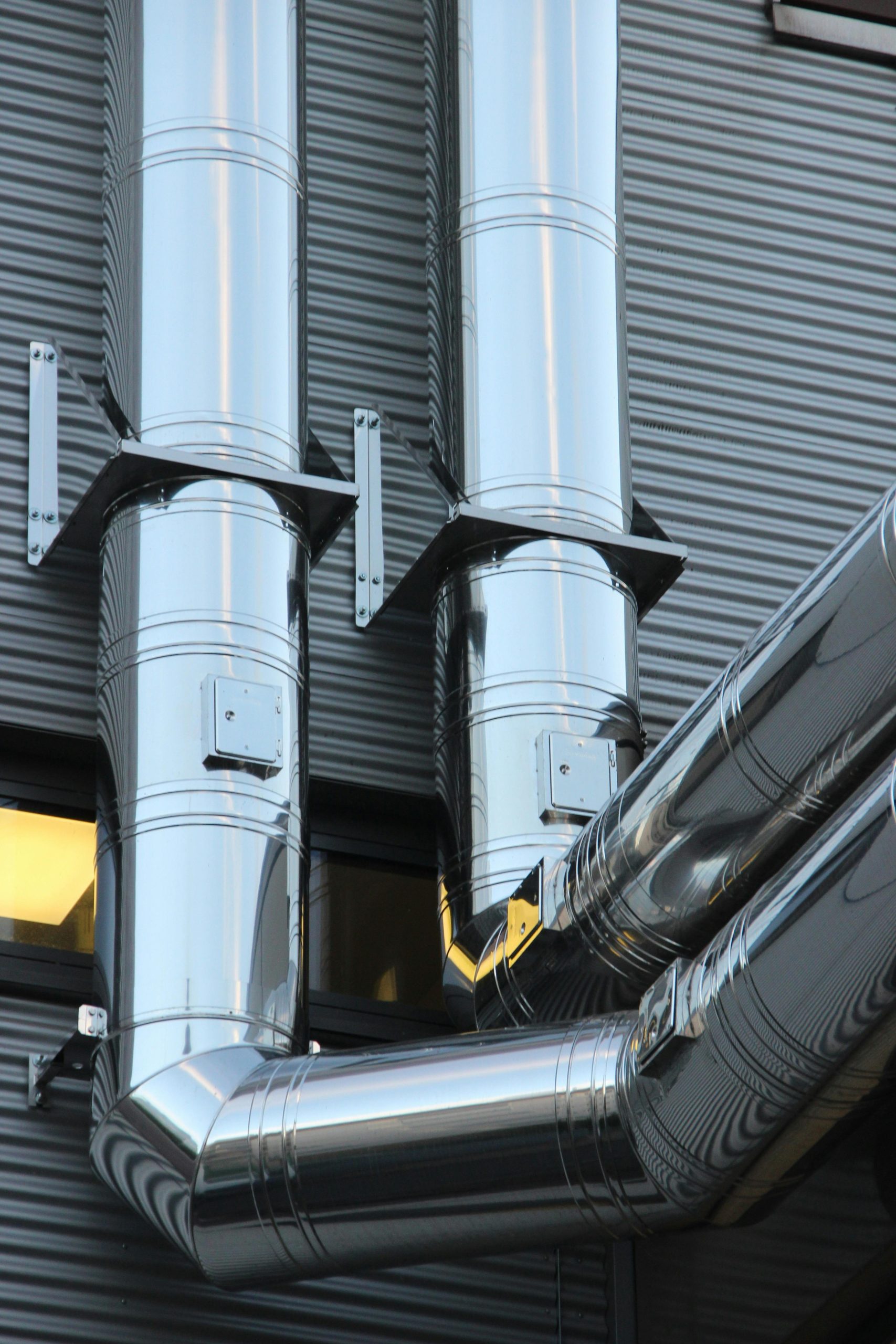Oil pipelines form the backbone of energy supply, transporting vast volumes of crude oil and petroleum products efficiently across continents. Their design, operation, and maintenance balance safety, environmental protection, and economic factors, while adapting to evolving technologies and geopolitical challenges. Understanding these streamlined solutions unveils how pipelines remain key to meeting global energy demands reliably and sustainably.
Essential Functions and Types of Oil Pipelines
Oil pipelines play a pivotal role in the energy sector supply chain, efficiently transporting crude oil and refined products over vast distances with remarkable safety and cost-effectiveness. After you select an oil pipeline for a project or study, it’s helpful to recognize that these are engineered systems meticulously designed for reliable crude oil transportation and integrated within a web of global infrastructure. Pipelines can stretch from 4 to 48 inches in diameter when carrying oil, typically installed several feet underground and protected with advanced coatings and corrosion management.
Topic to read : What Are the Biggest Future Challenges for UK Businesses?
There are several main pipeline types steering the sector’s logistics. Crude oil pipelines move raw oil from extraction sites to refineries—this is their fundamental purpose in the oil sector supply chain. Product pipelines distribute refined outputs like gasoline, kerosene, and jet fuel to end markets, often in batches, separated by devices to prevent mixing. More specialized lines—such as slurry pipelines for substances mixed with water, and dedicated lines for ethanol, hydrogen, or even district heating—demonstrate adaptability in infrastructure and pipeline engineering design.
Internationally, the pipeline infrastructure expands across continents, with immense networks concentrated in North America, Russia, and Canada. Projects like the Dakota Access, TransCanada, and major Brazilian pipelines illustrate a continually evolving, geographically diverse landscape designed to support dynamic global energy demands.
Also read : What Innovative Strategies Could Revitalize the UK Business Sector?
Design, Construction, and Operational Practices in Pipeline Infrastructure
Pipeline infrastructure begins with strategic route mapping, balancing land acquisition, regulatory restrictions, and minimizing environmental disruption. Pipeline route mapping uses advanced GIS and image mapping software to chart routes that avoid sensitive areas and consider future development. Regulatory compliance intertwines with early engineering, as both must address environmental impact, local governance, and stakeholder engagement throughout the pipeline project lifecycle.
During construction, materials selection is critical. Steel remains dominant for pipeline materials and durability, chosen for strength and corrosion resistance. Newer pipeline construction techniques incorporate enhanced coatings—polyethylene, epoxy, or composite wraps—to boost reliability. Weld quality is ensured with certified techniques and frequent testing. For long cross-country or offshore projects, welding and joint protection are vital for operational longevity and pressure regulation.
Operationally, robust pipeline inspection technologies and monitoring solutions ensure continuous safety and performance. Supervisory control and data acquisition (SCADA) systems, combined with instrumentation, deliver real-time operational efficiency feedback. Regular pigging, employing smart inspection tools, identifies corrosion and cracks; this proactive maintenance is crucial for preventing leaks and upholding pipeline operational efficiency. Leak detection is reinforced by computational monitoring and ground inspections, supporting rigorous pipeline maintenance practices.
Safety, Environment, and Regulatory Impacts on Oil Pipeline Operations
Pipeline safety standards are rigorously defined and enforced by pipeline regulatory bodies to minimize risks throughout crude oil transportation. Operators prioritize pipeline risk assessment from construction to operation, incorporating advanced pipeline inspection technologies, corrosion prevention protocols, and real-time pipeline leak detection systems. These standards dictate routine pipeline safety audits, scheduled maintenance, and the use of protective coatings to support pipeline materials and durability, especially within extensive pipeline infrastructure.
The pipeline environmental impact of leaks or ruptures is profound, potentially contaminating land and water with hazardous compounds such as benzene. Effective pipeline emergency response and pipeline damage prevention strategies are essential, especially near sensitive aquifers or densely populated corridors. Pipeline environmental policy frameworks require holistic remediation strategies, frequent reviews of spill containment measures, and strict pipeline environmental regulations. Government-mandated monitoring, coupled with pipeline biodiversity considerations, seeks to limit disruption to habitats and public health.
Pipeline regulatory compliance extends to operator workforce training, emergency shutdown procedures, and pipeline stakeholder consultation, particularly when projects traverse indigenous lands or geopolitical hotspots. Energy sector logistics hinge on dynamic collaboration between operators, pipeline regulatory bodies, and local communities to foster oil transportation sustainability, safety, and transparency.






